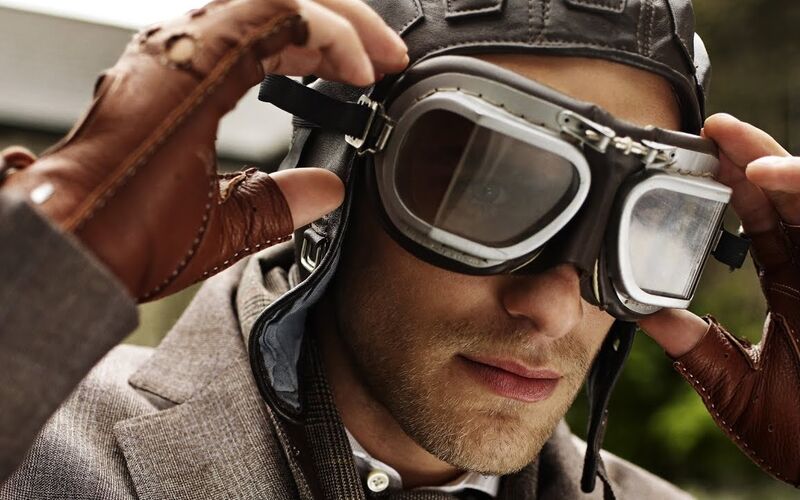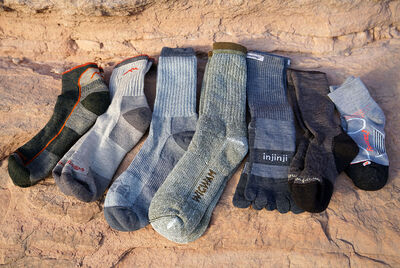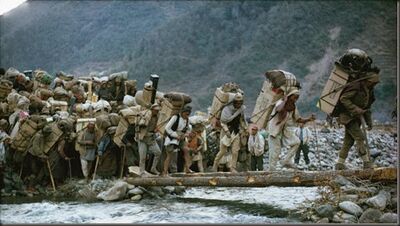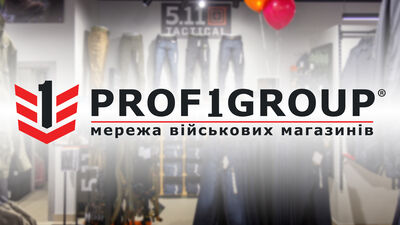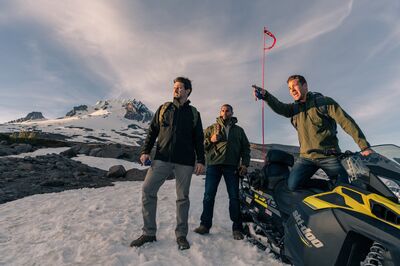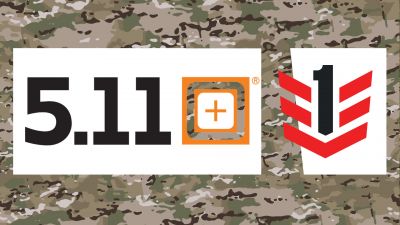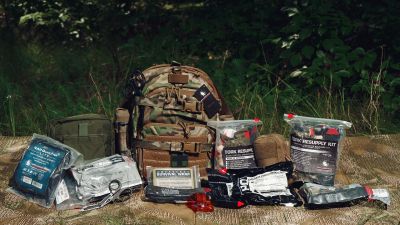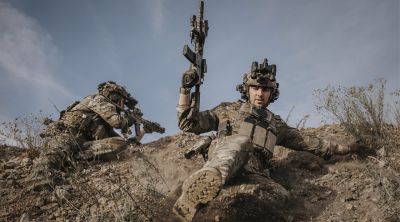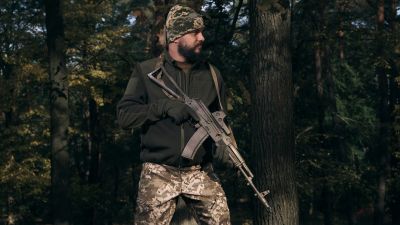Ballistic masks and glasses, and what you need to know about them.
Ballistic masks and glasses
Since ancient times mankind was concerned about the issue of vision. This can include problems with eyes: pathological and physiological, bright sunlight, foreign objects, and the most urgent this issue has always been for the military. Logically, the eyes are the most vulnerable organ of the body, a person who has problems with the eyes becomes less functional. Often these problems have led to irrecoverable losses in many armies of the world, disabilities among civilians. For just as long people have been interested in a solution to practical eye protection that would not limit functionality.
Today we will consider the topic of modern protective masks and goggles, the history of their creation, their functionality. We will also tell about the modern market of ballistic eye protection, describe the rules of selection and use of this type of equipment.
According to scientists, the first lenses as an optical device were used as early as the 5th century BC in Ancient Greece and the Middle East. They were popular as an optical device, but were not used for eye protection. In order to protect the eyes, helmets were made with slits for the eyes, reducing the ability to see, but increasing protection. These methods of protection were used in all armies of the world where warriors could afford such armor, only the materials and form of the armor varied depending on the regions and armies.
The prototypes of what we now call spectacles began to be made in the Middle Ages, in the 11th-13th centuries, they were made of glass, quartz or rock crystal, which were artificially darkened. Due to the high cost of materials and technology, it is obvious that not everyone could afford these items.
More widespread were pince-nez and lorgnettes with dioptric lenses in the late 17th and early 18th centuries. Later their design was supplemented with temples. During this period, telescopes are widely used in the navy, and Galileo Galilee and Kepler build their telescopes to study celestial bodies. But that's a somewhat different story, but for now let's talk about something else.
The first army to use eyeglasses as standard equipment in the military was Napoleon Bonaparte's Grand Army in the Egyptian Campaign of 1798-1801. The military, who had never been in the desert and had no experience in combat in North Africa, needed eye protection more effective than the slits in their helmets to be comfortable. Special tinted glass goggles were made that provided good protection from the sun and were effective in a sandstorm, although the Egyptian campaign was generally defeated. After that the fashion for eyeglasses in Europe became more widespread, and the level of technological development made them cheaper and more widespread.
The scientific and technological revolution of the late 19th and early 20th centuries. Widespread use of motorized and later aviation technology in the various armies of the world. The specifics of work of motorcyclists and aviators in the first serial airplanes with an open cockpit required special goggles, which fit tightly to the face and made it impossible for foreign objects and wind to get into the eyes at high speed.
Early 20th century. Marked by many travelers and explorers of the Arctic and Antarctica. Previously, for such purposes, northern peoples used face masks with narrow slits that protected against wind, frost and ultraviolet light. For the needs of travelers such products were not suitable - due to genetic features the aborigines were better adapted to the Arctic conditions and such masks were enough for them. Explorers from the south needed more technological products - in addition to snow and frost, ophthalmic was dangerous (snow well reflects UV rays, which cause burns of the cornea and conjunctiva), it led to temporary blindness, and in extreme conditions the consequences can be fatal. For explorers and, during World War I, for the military fighting in the Arctic and in mountainous conditions, goggles and protective masks with tinted glasses were created to reduce the negative effects of weather conditions on the eyes. During World War I the motorized and airborne units of the armies of Great Britain, the United States, France, Austria-Hungary and the Russian Empire were equipped with the first protective masks. They were based on glass, metal frames, often with leather elements.
The interwar period and World War II made many adjustments to the development of protective masks and goggles. Fighter cockpits were already made closed, but the need for goggles was still due to improved visibility in bright sunlight and the possibility of catapulting.
A technological breakthrough in the field of sunglasses was made by the American company Ray-Ban. In the late 30's this company created a legendary model of sunglasses in the form of a drop - aviator glasses. Their design feature was a drop-shaped lens of large size, metal frame and tinted (gray, brown, green) or mirrored (from the outside) mineral glass and slightly convex shape to prevent the passage of sunlight from all sides. At first pilots had little appreciation for the effectiveness of such goggles - it was thought that they interfered with seeing instrument readings and oncoming aircraft. However, during the Second World War most of the BBC USA pilots appreciated their practicality and used these goggles, which, in addition to their technological effectiveness, also had an elegant and respectable appearance.
More popular are the combat operations in the Arctic, and the high mountains. The most famous of the goggles of that period was the Edelweiss goggles which were used by the mountain units of the Wehrmacht. Special masks for motorized units were also made.
At the end of the Second World War the USA begins to refuse the use of glass in the production of goggles - despite the protective properties they were dangerous for the eyes - when foreign objects hit at high-speed: debris, rocks and the like. An alternative material that was as good as glass and did not break, causing eye injury, was a synthetic polymer - fiberglass. From the beginning of the fifties these models became standard in the mechanized and motorized units of the USA, in the next decade this tendency became popular in Europe as well.
Scientific and technological revolution.
The late fifties and sixties were marked by a technological breakthrough in almost all spheres of human life. Technological advances did not bypass the eye wear industry. In the mid 60's of the 20th century in the USA was invented a polymer which is still revolutionary in the production of military safety glasses - Polycarbonate. In the following decades this material became so popular that it largely replaced items made of glass on the civilian market. Manufacturers begin to experiment with the shape of glasses, different types of frames, lens colors, types of coatings, lenses with a UV filter appear.
Considering the big sanitary and combat losses during the war in the Persian Gulf in 90's, caused by damage to the organs of vision, in the USA starts experiments to create the first ballistic glasses and masks. In the early 2000s the company ESS (Eyes Safety System) supplied the first batch of ballistic glasses ESS Eye to the U.S. Marines. Users were impressed by the technology, practicality and functionality of these goggles. Since then and to this day ESS company is a leader in the production of ballistic masks and goggles for the military around the world. In addition, it is the only authorized supplier of ballistic masks and goggles to the U.S. Marine Corps, and a leading supplier to other branches of the U.S. Department of Defense.
In the same year the US created and ratified the first protocol, which still regulates the acceptance of a variety of protective equipment and eye protection, including - STANAG 2920. Justifiably high requirements of this standard made it very popular, it later became international, today this standard regulates the requirements for ballistic performance of most of the equipment and equipment of NATO countries. These armies are provided with products of the following companies: ESS, Oakley (later bought out by ESS), Swiss Eye, Bole.
The next step in the development of means of eye protection was extension of the range of protective masks and goggles. ESS Eye goggles were supplied with three lenses: black (darkened), for use in bright daylight, have NIR-protection; yellow - improve visibility in medium light conditions; transparent - for combat missions in the dark.
More interesting! The shape of the most manufacturers' standard safety masks was not unified for use with a helmet, which caused inconvenience in use. A common problem was the use of protective masks and goggles in conjunction with NVG (night vision device). The company ESS first began to solve these problems - in the future all the masks and goggles that are produced under this brand can be easily used in combination with helmets, NVG, thermal imaging and other protectives helmet attachments of the military.
2009 - the legendary ESS Crossbow ballistic goggles are introduced. By the end of 2010, the entire U.S. Marine Corps is equipped with these glasses, and they are being used in various U.S. Army units (many of them are still in use today). These goggles have become really legendary, they were used in most military conflicts of the planet, where they showed phenomenal results. So on different Internet-resources you can find amateur videos where in the field conditions (not checked by eye protection standards, we do not recommend repeating) ESS Crossbow goggles withstand a direct hit of AR-15 type automatic weapon. Also, at the same time the list of masks and goggles from other well-known manufacturers that are accepted for supply by various armies of the world, including the new ESS models, is being expanded.
The situation in Ukraine. Due to the fact that in Ukraine there are no special ballistic laboratories with the appropriate level of accreditation, the law enforcement agencies and the AFU use the NATO ballistic protection protocols. The high requirements of these protocols are regulated by the data of departmental laboratories of high international accreditation. Thus, in 2015, under the pressure of developers-consultants, the Ministry of Defense harmonizes the NATO protocol STANAG 2920. After that, ballistic masks and goggles were included in the supply standards of the AFU and other units. Already in early 2016 procurement was carried out and servicemen of the AFU, the National Guard and others began to be provided with such protective equipment.
Current trends.
All modern lenses in ballistic masks and goggles are made of polycarbonate - a polymer that withstands heavy loads, is fully transparent, elastic. Its main task is to stop foreign particles flying at high speed (mainly fragments). Also, goggles must protect from sand, dirt, UV rays, etc., it is the masks in addition to the above that protect the face as a whole well, because of the large area.
Modern trends. The modern market offers many quality products, manufacturers experimenting with different parameters, making products more functional. Ultra light elastic nylon frames and their various shapes, technologically advanced protective elements, peculiarities of complete sets: combination with other types of equipment (headphones, NVP, thermal imaging camera, fixing the mask on the helmet, etc.), active and passive ventilation to prevent lens sweating. Also due to the fact that many military personnel have pathological vision problems and must use diopter goggles, manufacturers offer separate sets of protective masks that can be combined with diopter goggles and lenses.
There is a special type of ballistic goggles - tactical goggles. They are smaller than the military, they are used by special units, police, security companies to work in urban civilian conditions, not to attract attention. These glasses also have ballistic protection, protect the user from fragmentary parts, sunlight, but have a civilian look. These models became so popular that they were allowed to be used as protective ballistic military goggles. Because of this, they gained wide popularity among the military, bodyguards, police and civilians in hunting, shooting range and just in everyday life. So in dynamic shooting disciplines one should not be on the range without protective ballistic goggles - many thousands of athletes have saved their eyes from bullets, ricochets, shrapnel, shells and the like. In many countries you cannot hunt with shotgun shells without wearing ballistic goggles.
What is important when selecting elements of eye protection. Pay attention to the technical characteristics. The modern market offers a lot of fake branded and no-name Chinese products. Such products have great prices, it seems that you can save money, but you can not save on your eyes! The problem with these glasses is not just the ballistic performance, but how the lens acts on the organs of vision. Not only the thickness of the lens is important, but also the angle of refraction of the light acting on the eyes and the image. Inappropriate thickness, structure, poor quality coating distorts the real picture and negatively affects vision. In this case, the eyes will perceive and the brain will process incorrect information, causing both to strain more than usual. Using low-quality glasses for a long time can give you a headache and worsen your vision.
Well-known brands when developing goggles and masks test their products according to NATO and US standards for penetration of shrapnel - not to be confused with bullets - they have different effects on protection (speed, angle, size, etc.), also field, laboratory and youtube tests are completely different things. The most important indicator of such protection is compliance with the previously mentioned STANAG 2920 standard.
The test procedure for this standard determines the V-50 and V-100 ballistic limits (50% and 100% penetration of fragmentation through ballistic protection) for the protection material, in this case the eye. There are highly accredited laboratories that test all products to the requirements of these standards. Testing is carried out with the help of a special device - a shrapnel simulator, here the conditions corresponding to the conditions of real combat use are created. In laboratory conditions ballistic indicators are taken into account and controlled: temperature, pressure, wind, air humidity, speed and size of fragments, the angle at which they hit the protection.
Tests on the intensity of the effect of various light spectra on human vision are important, and no one tests low-quality products of unknown origin. Unfortunately in Ukraine nowadays, there is nobody in Ukraine regulating quality of Ukrainian military protective equipment even though nominally these products are regulated by the protocol STANAG 2920.
Recommendations.
Pay attention to the producer company, demand the confirmation of originality and don't be fooled by cheap and beautiful models of unknown origin. Glasses have various forms - people have different faces, and glasses and masks can be adjusted to the size and shape of the head, nevertheless before buying it is necessary to try the goods.
Such products are better to buy in a brand store and in no case at the flea market or in random boutiques. Most unscrupulous manufacturers and sellers, taking advantage of the fact that most people at first glance will not be able to distinguish the original product from the counterfeit, sell fakes, so once again we emphasize - demand a certificate of quality they have only sellers of branded goods! Please note that PROF1Group company is the exclusive distributor of ESS in Ukraine, imports high-quality ballistic masks and goggles and has the appropriate certificates of quality to prove it.
Think in advance about the conditions of use - so it is easier to pick up glasses for your tasks. Often goggles and masks have interchangeable lenses, but it depends on a complete set of this or that product. We wrote above that transparent lenses are better to use at night; yellow and different bright colors - in low visibility conditions, fog; black, smoky, etc. - for bright sunshine.
There are universal lenses for the military who use sights - such lenses completely cut down on UV rays.
High-tech and very practical is the development of a photochromic lens that changes color depending on the light. If there is no UV light, such a lens becomes transparent. (Provide link). Such an invention makes it possible not to change lenses in eyeglasses regardless of lighting, both during the day and at night. Despite this, such lenses have their drawbacks - they are ineffective in the car because there is already a UV filter in the windshield, also they change color slowly in high and low temperatures. Through high-tech, glasses with these lenses cost many times more than conventional lenses.
Care! Polycarbonate is a flexible, durable, but soft material that can easily be scratched, if you don't wear glasses on your face - immediately hide them in a case for protection. Also, it is not recommended wiping them in the field because of micro particles which may form micro scratches, it is better to wash them under running water with a foaming agent and wipe with a dry cloth. In case you do get scratched - brand manufacturers sell extra lenses. (Give a link separately to the lenses).
As we can see - today, glasses are not only a fashion accessory, but they are also a means of eye protection in the military and among civilians. We emphasize - the choice of glasses is up to you, but we recommend you not to save on ballistic glasses, which in critical situation will save your sight and health.


